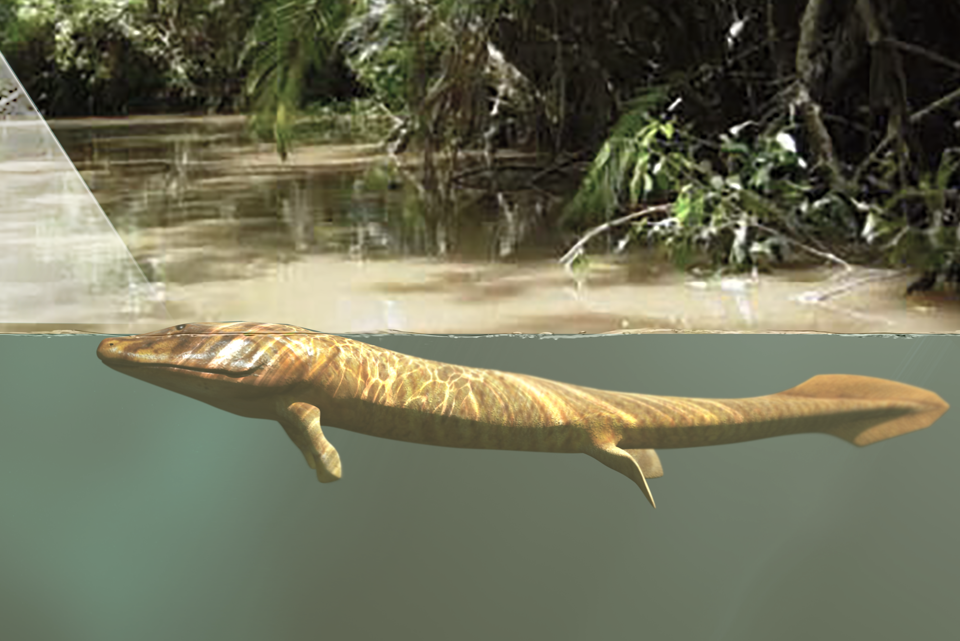via The New Statesman by Tim Flannery

According to the great Arctic explorer Adolf Nordenskiöld, when a polar bear sees a man, he “approaches in hope of prey, with supple movements, and in a hundred zigzag bends, in order to conceal the direction he intends to take, and thus keep his prey from being frightened”. The largest bears stand 12ft 8in or more tall. To see such a predator loping towards you, in a landscape that offers nowhere to hide, is the stuff of nightmares. Yet somehow, even eight thousand years ago, people were killing polar bears. Perhaps they hunted only the smaller females while they were in their dens. No doubt, on occasion, bears attacked human mothers in their igloos when the men were away hunting. But can you imagine digging down through the snow knowing that below you a great, snarling mother awaits, ready to protect her precious cubs with all her energy?
Continue reading
Ray Harryhausen's "Little Red Riding Hood" stop motion animation
via Boing Boing by David Pescovitz

Continue reading
=============================
Drawing on intuition, Edgar Allan Poe offered some remarkably prescient ideas about the universe in his poem 'Eureka'
via Arts & Letters Daily: Paul Halpern in AEON
Looking about me upon the wide waste of liquid ebony on which we were thus borne … I now began to watch, with a strange interest, the numerous things that floated in our company. I must have been delirious – for I even sought amusement in speculating upon the relative velocities of their several descents toward the foam below. ‘A Descent into the Maelström’ (1841), Edgar Allan Poe
Continue reading
=============================
via Boing Boing by Caroline Siede
In this TED-Ed video, Kate Slabosky breaks down the differences between placental, marsupial, and monotreme mammal births.
=============================
via 3 Quarks Daily: Rick Nauert in Psych Central

New research discovers that your favorite music, be it Willie Nelson, Bach, the Beatles, or Bruno Mars, triggers a similar type of activity in your brain as other people’s favorites do in theirs.
Continue reading
=============================
via interesting literature
A reading of Blake’s classic poem
‘Jerusalem’ is one of the most famous hymns around, a sort of alternative national anthem for England. Yet the poem on which Hubert Parry based his hymn, although commonly referred to as ‘William Blake’s “Jerusalem”’, is actually from a much larger poetic work titled Milton a Poem and was largely ignored when it was published in 1804. It became well-known when it was set to music by Parry during the First World War (curiously, it was Robert Bridges, the Poet Laureate and the one who got Gerard Manley Hopkins’s poems into print, who suggested the idea to Parry). In this post, we’re going to delve deeper into the poem we know as ‘Jerusalem’, focusing on William Blake’s use of language.
Continue reading
=============================
via 3 Quarks Daily: Ed Yong in The Atlantic

Tiktaalik peers out of the water
Around 385 million years ago, fish started hauling themselves onto land. Over time, their flattened fins gradually transformed into sturdy legs, ending in feet and digits. Rather than paddling through water, they started striding over solid ground. Eventually, these pioneers gave rise to the tetrapods—the lineage of four-legged animals that includes reptiles, amphibians, and mammals like us. This transition from water to land is an evocative one, and for obvious reasons, people tend to focus on the legs. They are the organs that changed most obviously, that gave the tetrapods their name, and that carried them into their evolutionary future.
=============================
via interesting literature
A summary of a much-loved poem
Since Rudyard Kipling’s poem ‘If—’ was first published in Kipling’s volume of short stories and poems, Rewards and Fairies, in 1910, it has become one of Kipling’s best-known poems, and was even voted the UK’s favourite poem of all time in a poll of 1995. Why is ‘If—’ so highly regarded? And what is the curious story behind the poem? Closer analysis of the poem reveals an intriguing back-story and some surprising stylistic effects.
Continue reading
=============================
via Boing Boing by Andrea James

It's fascinating to watch the trial and error as artisans led by Anna Miasowsky try to blow enormous cocoon-shaped sculptures large enough to fit a person inside.
Continue reading
=============================
via OUP Blog by Maurizio Valsania

Monticello from the west lawn by YF12s. CC BY-SA 3.0 via Wikimedia Commons.
Thomas Jefferson was a deliberate man and nothing escaped his attention. Jefferson‘s eyes were powerful, lively, and penetrating. Testimonies swore that his eyes were nothing short of “the eye of an eagle.” He wore spectacles occasionally, especially for reading, but his eyes stood the test of time despite physiological decline. “My own health is quite broken down,” he wrote on 3 March 1826 to Robert Mills, the architect who designed the obelisk for the Bunker Hill monument. Mostly confined in the house, Jefferson proclaimed, “my faculties, sight excepted are very much impaired.”
Continue reading
No comments:
Post a Comment